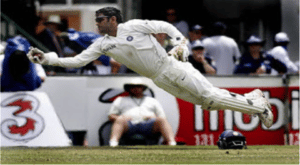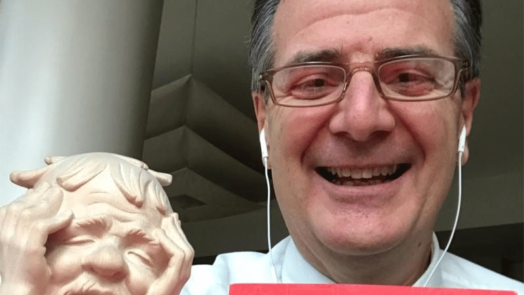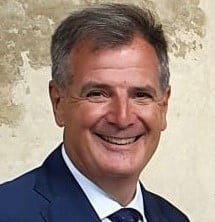Building Bridges to the #Freshstart

“We build too many Walls and not enough Bridges”. One of the fathers of modernity, Isaac Newton, so was writing to his students. Alredy then in XVII century fear of plagues was inducing to separate and build walls outside cities and castles, instead of increasing solidarity, cohesion, sharing economy and health and medical knowledge.
The metaphor of the Bridge is maybe the solution of current challenge. There are industries and countries that will go throuh important transformations. Winners sectors should help losers to design and transform towards a more socially, healthy and environmental oriented world. However, while we know which bank of the River we are on, we are struggling to imagine where to land as fear and anxiety of current unexpected situation blocks our brain.
We need new words and vocabulary to safely land on the the opposite side. The recent reopening in record time of the Genua bridge, after only two years from a disaster that killed 42 people is the picture I have chosen to sustain my story.
How to imagine a new Society capable to work through the next 18/24 months while virus immunity builds up meanwhile design Societies ready to a #freshstart ?
Havel, former president of Czech republic, who suffered personally long time in prison, helps us suggesting one word. We need #HOPE: “Hope, in a deep and powerful sense, is not the same as joy that things are going well, or willingness to invest in enterprises that are obviously headed for early success, but rather an ability to work for something because it is good, not just because it stands a chance to succeed. The more unpromising the situation in which we demonstrate hope, the deeper that hope is. Hope is not the same thing as optimism. It is not the conviction that something will turn out well, but the certainty that something makes sense, regardless of how it turns out.”
So what is important that we all focus on what makes sense. We need a new logic. A new way to imagine, predict and plan for the future.
But what logic is this?
Leśniewski’s ‘The construction of Protothetic’ can help here. He coined the term #Protothetic, from the Greek for ‘first theses’. Basically in an uncertain situation like the one generated by Covid, making hypothetical projections on how our results would be in other circumstances, doesn’t help. Even if our predictions were likely, even such a calculation would have no basis or commercial or financial value. The situation is totally unpredictable.
It will be right for a business man or woman or a manager to think about the possibilities and probabilities when he/she wants to clarify the possible course of an uncertain business, precisely how the scientist usually puts on the scale, evaluating them according to their probability, the conditions of the field that he proposes to investigate, to orient himself in which direction should start its research. But the serious business operator, like the serious scientist, will extend his predictions only to those facts, which he can and want to submit following an examination, and which consequently must have as subject only measurable and controllable things. As soon as he introduces inaccessible factors into his calculation, the serious and positive work ends.
It is therefore necessary in these days when we plan for the future to make an exact distinction between assumptions of unknown relationships, issued as an experiment, between accessible quantities, and hypotheses on the relations between only imagined and therefore inaccessible quantities. The latter are to be rejected, while the former form an indispensable part of the research. Both, although radically different, are designated in scientific terminology with the same name of hypothesis.
Leśniewski’ would suggest leaving the name of hypothesis to uncontrollable assumptions, since in fact almost all hypotheses of modern science are of this kind. The others, which in the form of scaffolding, have no other purpose than to serve as a basis for actual research and to which, during the course of the work, other more suitable ones are substituted in the course of the work, until we actually find the relationship sought, these assumptions made for the purpose of positive research, he calls them protothesis. A protothesis is therefore made at the beginning of a research work or a commercial plan, and it disappears in the end, when the work leads to a positive result, while the hypothesis is resorted to when one does not know how to go ahead with the search.
With Agile and Reinvented Organizations based on Havel suggestion that we are working on something we know is good, then Hope is restored and the development of society continues. UN SDGs may represent the protothesis good we know and towards we are just getting organized to reach.
#thehappycfo





